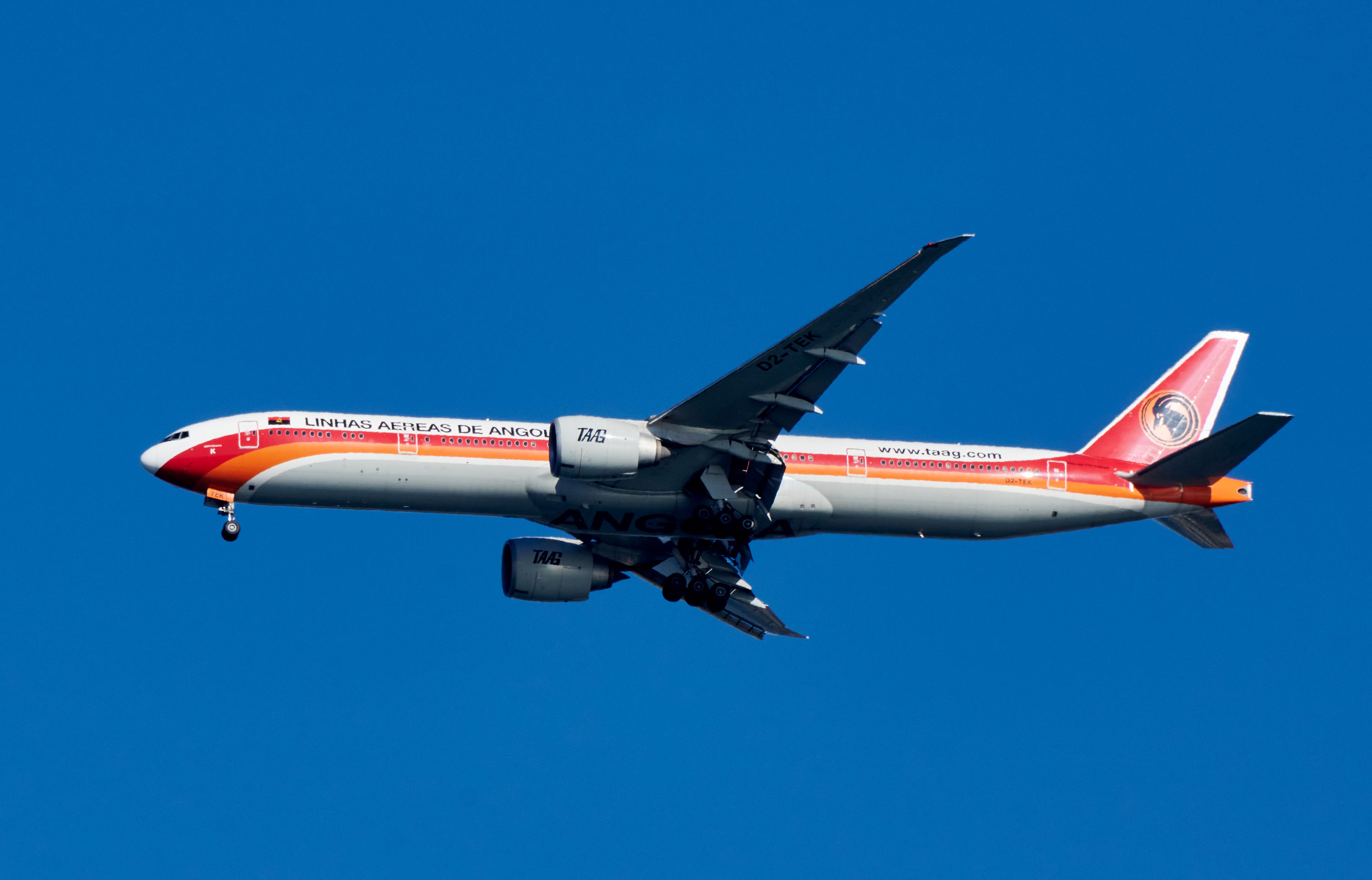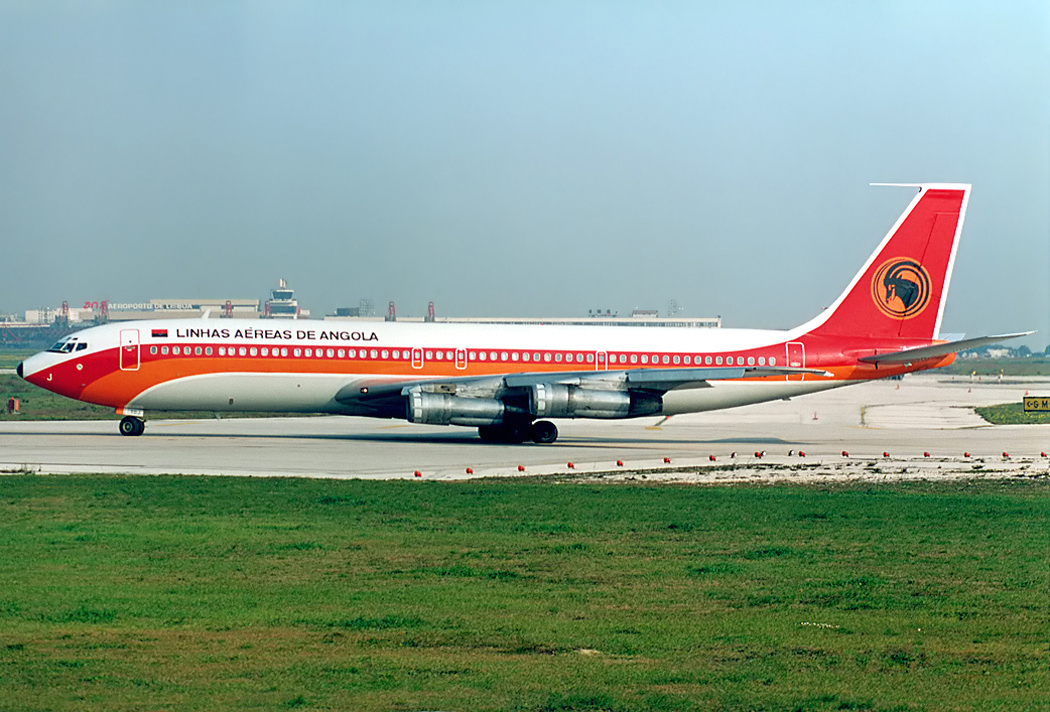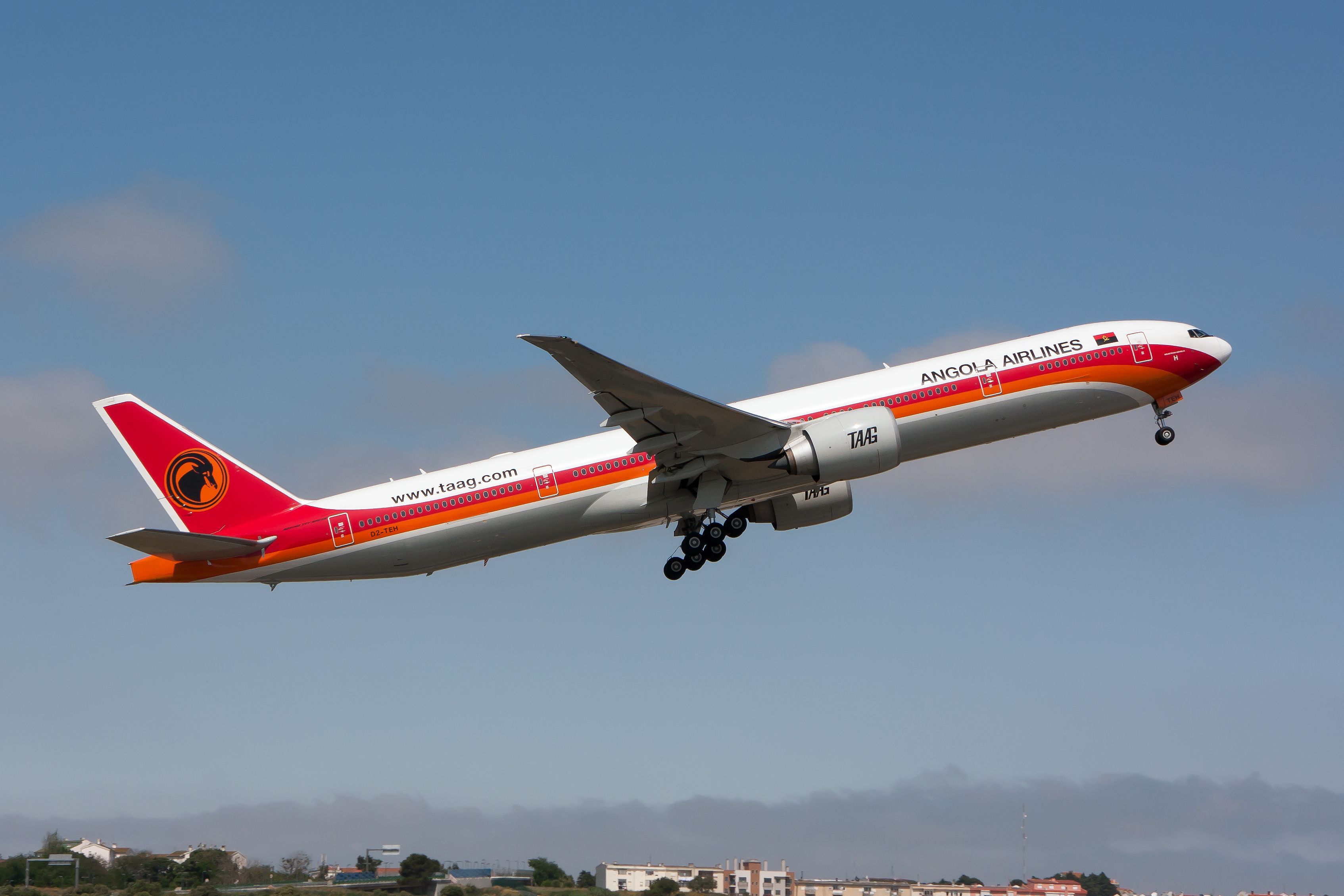Next year will see TAAG Angola Airlines celebrate 50 years of operations under its current identity. This, in itself, is an impressive milestone, but the airline as a whole actually dates back even further, to just before the Second World War. Let's take a look at how it has changed over the years, in terms of its identity and operations.
Set up in 1938
The Angolan government set up the airline in 1938, at which point it took on the name DTA – Divisão dos Transportes Aéreos ('Air Transport Division). While it came into existence before the Second World War, operations didn't commence until the conflict had started. Indeed, the airline's first flights flew in July 1940.
DTA was a small operation to begin with, flying two De Havilland DH.98 'Dragon Rapide' biplanes. These served domestic routes, as well as flying from Luanda, the Angolan capital, to Ponte Noire in the Republic of the Congo. The Second World War meant that flights operated intermittently in the early years.
Eventually, after the conflict had ended, DTA enjoyed a period of stability, and 1946 saw its fleet grow with the arrival of the Beechcraft Model 18 and the Douglas DC-3. Five years later, the carrier joined the International Air Transport Association (IATA). DTA's network continued to grow, with the Fokker F27 Friendship's arrival in 1962 allowing it to serve destinations such as Windhoek, Namibia.
A new name
Moving into the 1970s, the airline was the beneficiary of a reorganization program that came into effect in October 1973. As well as changing its name to TAAG (Transportes Aéreos de Angola / Angolan Air Transport), it received investment from the Angolan government, which became a majority shareholder (51%).
Two years later, TAAG officially became the flag carrier of Angola after the country gained independence from Portugal. A month later, it entered the jet age, receiving its first Boeing 737-200. Further deliveries were briefly embargoed due to a civil war in the country, but these were able to continue after a couple of months.
The remainder of the 1970s saw various other jet-powered designs join TAAG, including the Yakovlev Yak-40 and the Boeing 707. As the 1980s dawned, TAAG's route network stretched further afield than ever before, including European destinations such as Lisbon, Moscow, Paris, and Rome. The airline even served Cuba using the Ilyushin Il-62, which was once the world's largest jetliner.
Stay informed: Sign up for our daily and weekly aviation news digests.
Recent history
By the beginning of the 1990s, TAAG had nearly 6,000 employees under its belt, as well as two subsidiary companies (TAAG-Air Charter and TAAG Aviacao Ligeira). Moving into the 21st century, it embarked on a fleet modernization program that saw it replace Boeing 747-300s with 777-200ERs and 737-200s with 737-700s. However, it also had to contend with a European Union flight ban.
This was fully in place from July 2007 to November 2008, and partially until April 2019. Under the partial ban, the only European destination it could serve with its 777s was Portugal. It now has the freedom to fly anywhere in the continent, and recently made use of this by adding a route to Madrid. Flights are set to commence on June 23rd, and they will operate on a twice-weekly basis.
What do you make of TAAG Angola Airlines? Have you ever flown with the carrier? Let us know your thoughts and experiences in the comments!



